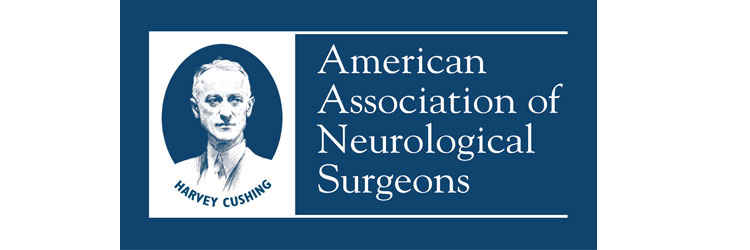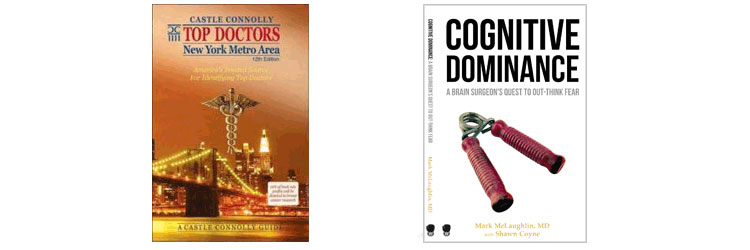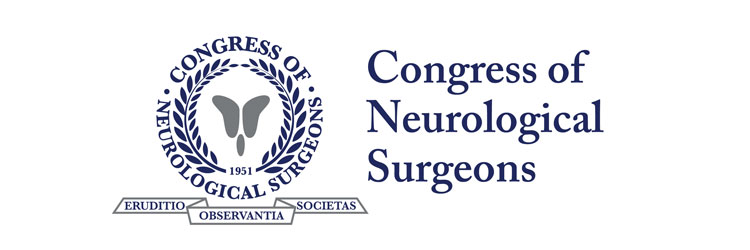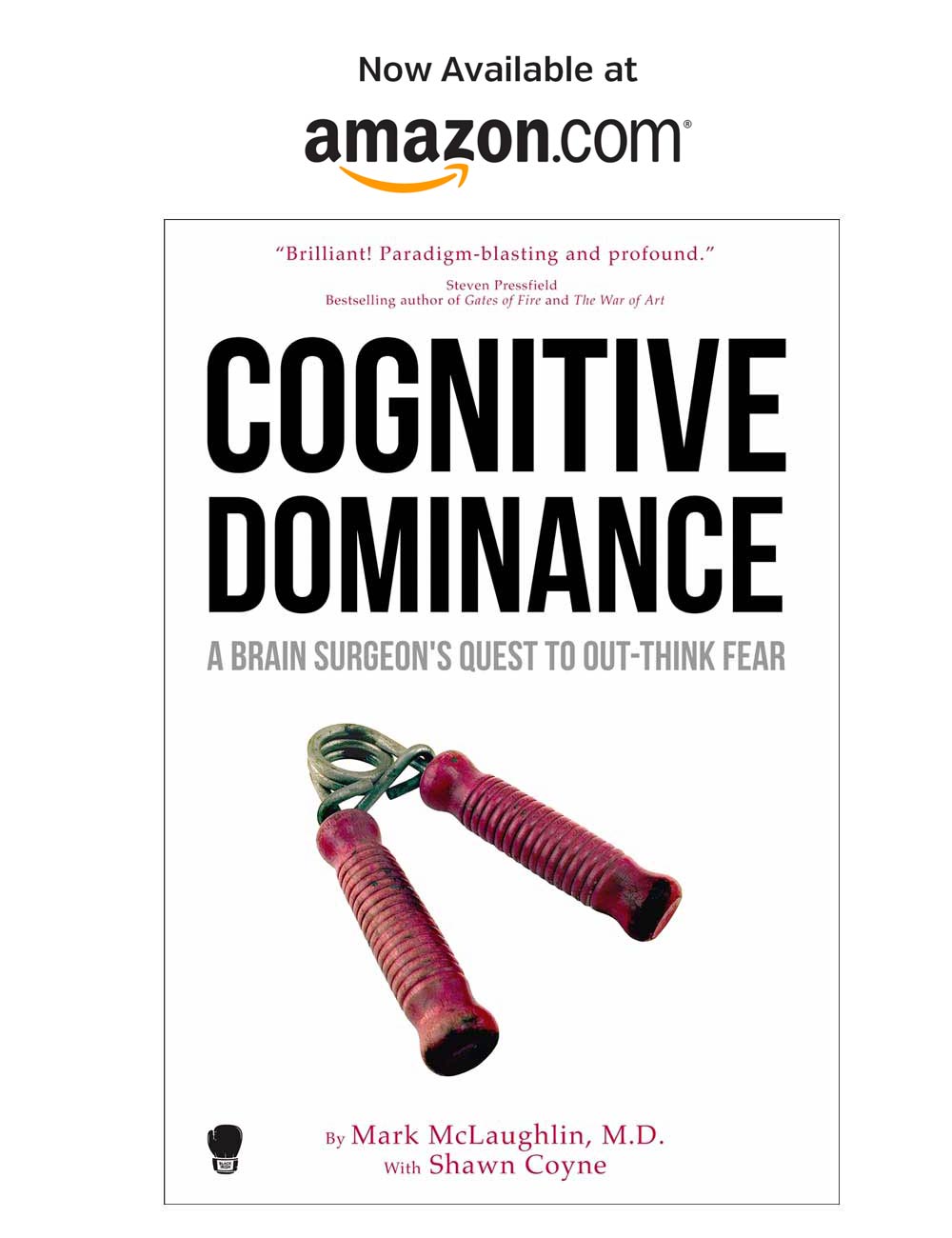Synovial Cysts
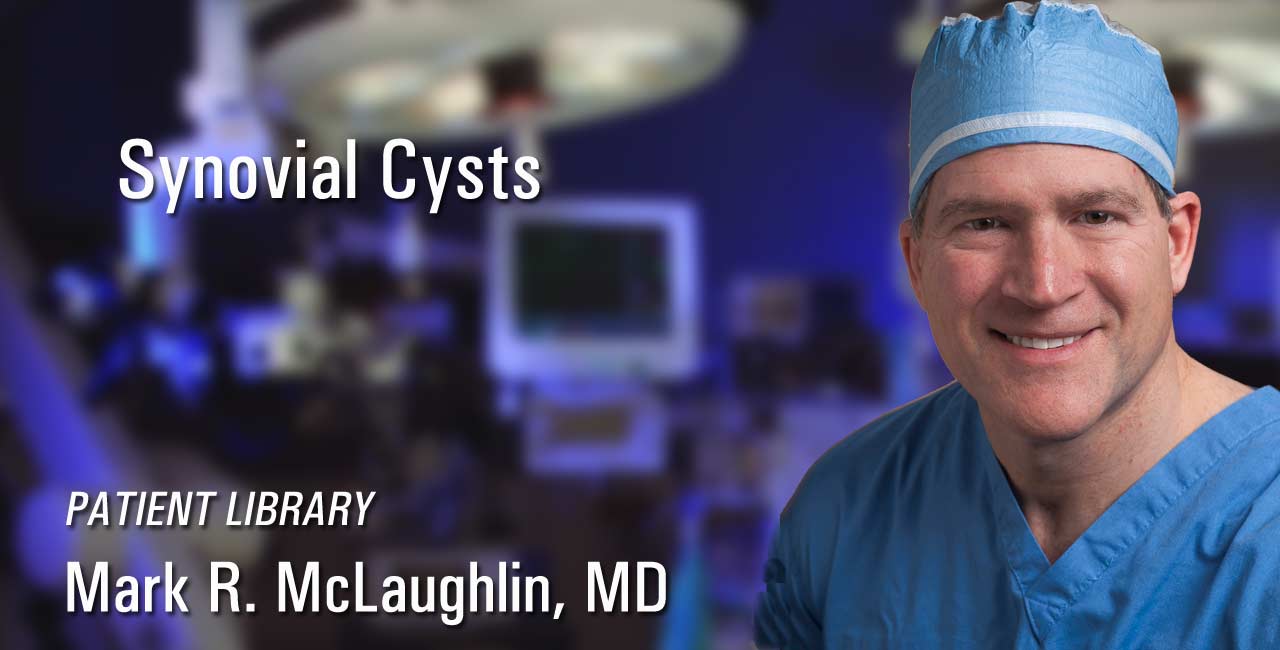
What You Need to Know about Spinal Synovial Cysts
By Mark R. McLaughlin, MD, FACS, FAANS
Spinal synovial cysts generally affect older patients—sometimes causing pain in the lower back or neck or sciatica—and there are several ways to treat them. Let’s take a look at some treatment options, including the one that is best.
What are Synovial Joints?
Synovial joints—in our wrists, elbows, shoulders, knees and spine—are the most common joints in the body and have the greatest range of motion.
All of our joints are covered by a capsule that helps hold the bones in place. The capsule is like an envelope that contains layered fibrous tissue and synovial fluid that lubricates the joint to help it move freely along the normal range of a joint’s motion. So as we perform our normal everyday activities of bending our arms and legs and turning our back and neck, these tissues glide back and forth smoothly.
Think of a door hinge. As long as the metal on the hinge is smooth and well-oiled, it glides back and forth easily.
How Do Synovial Cysts Occur?
As a person ages and the sheer number of repetitive times these tissues rub against each other increases, the tissue layers become frayed and degenerate. Also the normal joint lubricant, the synovial fluid, tends to dry up as we age. Pollutants like alcohol and nicotine can accelerate the drying and degeneration of the synovial tissue and fluid. Eventually that well-oiled door hinge becomes creaky and stiff.
Causes, Symptoms of Synovial Cysts
A synovial cyst is a fluid-filled sac located along the spine. Most synovial cysts occur in the lumbar spine (lower spine above the tailbone) but may occur in other spine regions, as well. Spinal synovial cysts usually affect patients over 50 years of age, and symptoms may include pain in the low back, legs, sciatica or neck. Patients may also experience leg cramps, numbness or tingling in the legs, and increased pain while standing.
Synovial cysts do not always cause symptoms, and they are not cancerous or deadly. In some cases, they put pressure on the spine, leading to spine conditions like stenosis (narrowing of the spinal canal).
Why Are Synovial Cysts Common in the Spine?
Because the spine has 33 bones, it has the most joints in the body that move back and forth against each other on a day to day basis. By simple frequency, it has the most synovial joints in the body and is one of the most common places for synovial cysts to occur.
Not only can a joint become creaky and stiff, if the supporting structures around the joint degenerate or suffer trauma, a joint also can also sometimes become loose. If a joint becomes loose, this excess movement can cause increased rubbing of the synovial tissue, which can lead to spinal synovial cysts which are sacs filled with fluid that are attached to the joints of the spine.
Some Spinal Synovial Cysts Require Treatment
Synovial cysts aren’t cancerous. If they remain small, they don’t cause pain and don’t need to be treated. When a synovial cyst becomes larger, however it can press against spinal nerves in the lower back, causing severe pain that requires treatment.
One approach to treatment is oral pain management in which the physician prescribes medications that reduce or relieve the patient’s pain. Potential pitfalls of this treatment are physical side effects from the medication and, especially in patients with a history of substance abuse, problems with drug dependence.
Pain management can also be achieved with various types of injections in the lower back, but these treatments typically provide only temporary relief so additional injections may be required.
Another method of treating spinal synovial cysts is to insert a needle into the cyst to drain fluid, which reduces the size of the cyst and relieves pressure on the spinal nerve. This procedure can ease the patient’s pain, but it’s not the best choice because the needle can damage nerves near the spinal canal. Also, the puncture hole in the cyst from the needle can cause excessive scar tissue, which can make performing surgery on the cyst difficult.
The main problem with treating spinal synovial cysts with pain management and needle aspiration is that they don’t address the problem which is either that the cyst is still present in the joint and likely to return, or there is instability in the spine joint that caused the cyst to form in the first place. Because of this, it’s likely that after these treatments, the cyst will recur.
The Most Effective Method to Treat Spinal Synovial Cysts
The best option for treating this type of cyst is to remove it surgically using minimally invasive or mini open techniques. This approach has a high success rate for relieving the patient’s pain and solving the problem permanently.
Medical research supports my point of view. A 2012 study published in Surgical Neurology International stated, “After a thorough review of the literature, it appears that the treatment with the best outcome for patients with synovial cysts is cyst removal utilizing surgical decompression.”1 This study also pointed out that the success rate for this procedure is greater than 90%.
A study that appeared in Neurosurgery Focus in 2006 evaluated 19 patients who had spinal synovial cysts surgically removed and concluded, “Synovial cysts can be safely and effectively treated using minimally invasive surgical techniques.” Of the patients involved in this research, 95% reported either excellent or good results.2
In 2008, European Spine Journal published results of research that followed patients for months after they had synovial cysts surgically removed and found that “Surgery is a safe treatment option and offers a higher possibility of a favorable outcome. The advantage of surgery is even more prominent in series with a long follow-up period.”3
Along with surgical removal of the cyst, it’s important for the physician to take x-rays that will reveal abnormal movement in the synovial joint. In some cases, where there is clear instability of the joint demonstrated by abnormal motion or slippage of the spine a spinal fusion procedure must be performed to stabilize the joint and prevent the scarring that will cause the cyst to recur.
The Procedure
To perform a minimally invasive procedure to remove a synovial cyst, the surgeon makes a small incision—about the size of a quarter—in the patient’s lower back, inserts a thin, telescope-like instrument called a retractor, and then uses either an endoscope or a microscope to perform the procedure.
A tiny video camera attached to the tip of the endoscope or an operating microscope sends images from inside the body to a screen in the operating room. Specialized, precise surgical instruments are inserted through very small tubes and used to perform the procedure.
Minimally invasive procedures have a number of advantages: shorter operating times, less damage to soft tissue, less blood loss during surgery, shorter hospital stays, faster recovery with less pain and much smaller, less noticeable surgical scars.
At Princeton Brain and Spine Care, we only offer a variety of advanced, scientifically proven techniques. Our team of surgeons has performed hundreds of minimally invasive and mini-open procedures to remove spinal synovial cysts and we’ve achieved a very high rate of success. Our physicians are also highly trained in spinal instrumentation and fusion procedures for those patients that require supplemental stabilization for synovial cysts related to instability of the spine.
References:
1. Epstein N, Baisden J. The diagnosis and management of synovial cysts: Efficacy of surgery versus cyst aspiration. Surgical Neurology International. 2012; 3(Suppl 3): S157-S166. http://www.ncbi.nlm.nih.gov/pmc/articles/PMC3422091/
2. Sehati N, Khoo L, Holly L. Treatment of Lumbar Synovial Cysts Using Minimally Invasive Surgical Techniques. Neurosurgery Focus. 2006; 20(3): E2. http://www.medscape.com/viewarticle/536573_print
3. Boviatsis E, Staurinou L, Kouyialis A, et al. Spinal synovial cysts: pathogenesis, diagnosis and surgical treatment in a series of seven cases and literature review. European Spine Journal. 2008. Jun; 17(6): 831–837. http://www.ncbi.nlm.nih.gov/pmc/articles/PMC2518989/
